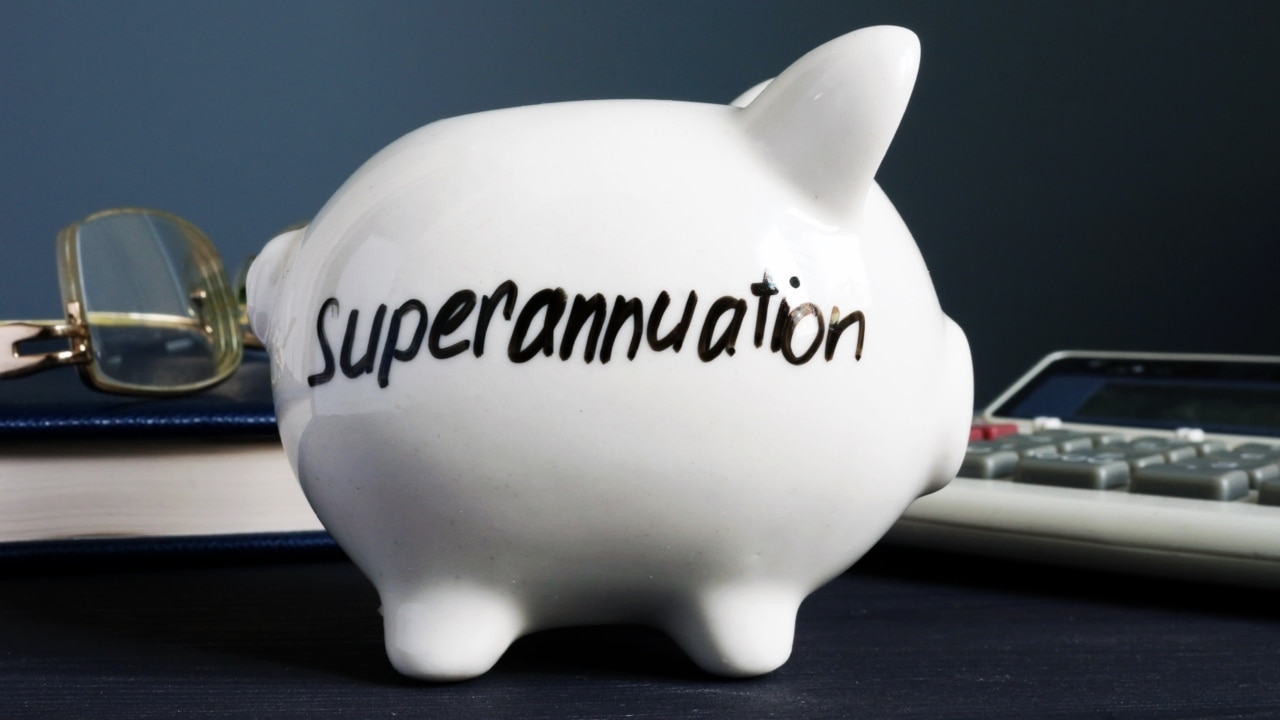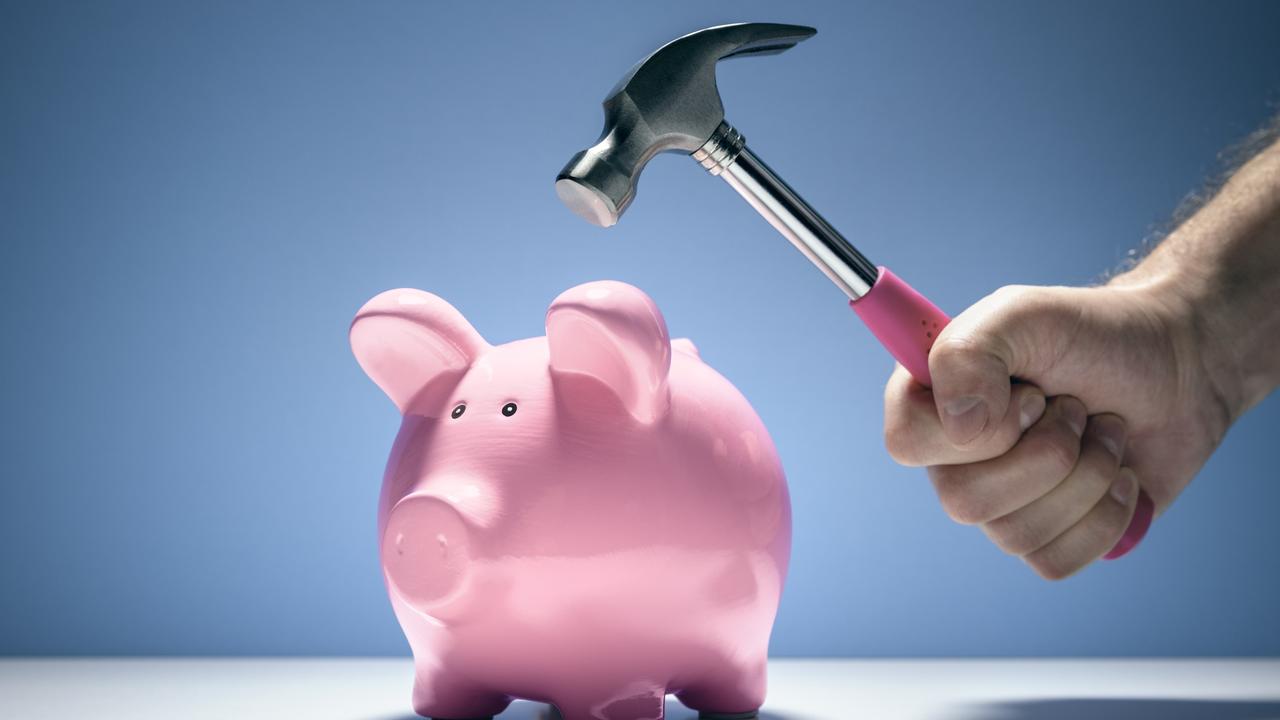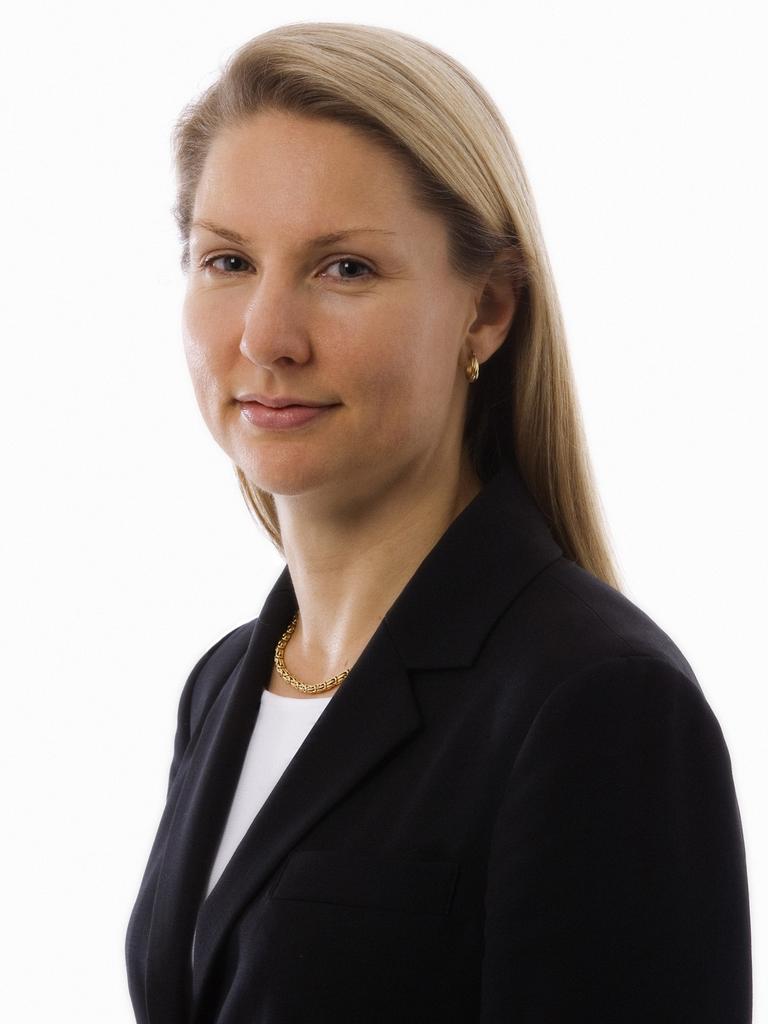Superannuation withdrawals: how and when you can make yours
Retirement, health and hardship are among ways we can access our slice of the nation’s $3.7 trillion superannuation nest egg.

National
Don't miss out on the headlines from National. Followed categories will be added to My News.
Confusion reigns among millions of Australians when it comes to understanding when they are able dip into to their superannuation.
Super is a tool and tax structure designed to help people save for retirement, but its rules are complex and constantly changing, and our nest eggs have been used for much more than funding life after work.
During the pandemic the Morrison government allowed people to withdraw up to $20,000 from their super to boost their household cash, and more than three million people took up its offer and took out $37.8 billion.
More recently the Coalition has flagged plans to let people withdraw up to 40 per cent of their super – to a maximum of $50,000 – to put towards a home deposit, a move criticised by the super sector.
Meanwhile, 39,600 Australians withdrew $762 million from their super last financial year on compassionate release grounds such as for medical treatments, funeral expenses and financial hardship.
Super specialists warn withdrawing super early can have long-lasting negative impacts, because that money then loses its chance to compound over many years.
Association of Superannuation Funds of Australia CEO Mary Delahunty said almost half of the Covid-19 early release super payments went to people aged 35 and younger.
“People who withdrew their superannuation during the Covid-19 pandemic paid a relatively high price for the monies released in terms of the long-term impact on their retirement savings,” she said.
“Even if they were interested in accessing superannuation again they generally would have little or no superannuation accumulated since 2020.
“A 30-year-old who withdrew $20,000 in 2020 will have around $43,000 less in today’s dollars in superannuation savings at the retirement age of 67.”
Despite a range of early-release options still available, the majority of super withdrawals are made by those aged over 60, so it’s worth understand just when and how it can be accessed.

RETIREMENT AGE
The simplest rule for superannuation access is reaching age 65, which is below the current age pension age of 67.
Financial strategist Theo Marinis said this was an automatic condition of release for everyone’s super.
“If you are turning 65, whether you are still working or not, you can access it,” he said.
However, super’s low or zero tax environment means it remains the best place to hold your life savings. The most tax-effective treatment for retirees is to shift their super from its existing accumulation fund to an account based pension, but many people do not make this move immediately.
“I would transfer it to an account based pension, which is 100 per cent tax free,” Mr Marinis said.
“If you leave it where it is, there’s a 15 per cent tax on earnings,” he said.
PRESERVATION AGE
Here’s where the rules get complex, as different people have different age limits around when they can crack open their nest egg.
It’s known as the super preservation age, and ranges from 55 for those born before 1 July 1960 to age 60 for those born after 1 July 1964, which in a few months will mean everyone aged above 60.
“If you cease employment and are over preservation age, you have satisfied a condition of release and can access the whole lot,” Mr Marinis said.
“After age 60 there is a quirk in the rules,” he said.
People only needed to leave a job to gain access, Mr Marinis said. They could potentially start a new job just one week later, but could still take all their super as a lump sum or transfer it to a tax-free account based pension.
However, superannuation earned from any new job would have to go into a separate accumulation account, he said.
TRANSITION TO RETIREMENT
This is a structure using superannuation money to help people shift to part-time work and top up their income from their super.
A transition to retirement pension is available to people over their preservation age who are still working, and Moneysmart.gov.au said it involved transferring some money from super to an account based pension.
“Setting this up can be complicated, so contact your super fund or financial adviser for advice,” it said.
“You need to keep some money in your super account to continue to receive your employer’s compulsory contributions. Or any voluntary contributions you make.”
HEALTH
Release on compassionate grounds last financial year was mainly for medical reasons, according to the Australian Taxation Office, which administers the system.
It said the key subcategories of medical-related releases were:
• Dental treatment, with 13,540 people approved to withdraw $313 million.
• IVF, with 2780 approvals totalling $47.9 million.
• Weight loss, with 14,410 people approved to take out $249 million.
The ATO said to access super for unpaid medical treatment expenses, people needed to provide two medical reports with their application, including one from a specialist, and state the treatment was related to life-threatening illness or injury, or alleviating acute or chronic pain or mental illness.

FINANCIAL HARDSHIP
People at risk of losing their home to foreclosure or forced sale can also potentially access their super early.
The ATO said 9600 people applied for this in 2022-23, but only 680 were approved, totalling $9.7 million.
Mr Marinis said the main aim of super was to save money for retirement, with the advantage of compound interest multiplying the balance over many years. “However, there’s no point setting someone up for retirement if they’re not going to get there.”
People who took out super for health or hardship reasons should consider it as a loan to themselves to be paid back, he said.
“Set up a schedule to put the money back gradually. You have borrowed from your future so pay the money back.
“It shouldn’t be used like an ATM.”
LAW BREAKERS
MLC senior technical services manager Jennifer Brookhouse said there were several requirements to be met before people could access their super earlier.
“The ATO has recently reminded people that illegal early access schemes that aim to circumvent the rules can have significant financial consequences,” she said.
ATO deputy commissioner Emma Rosenzweig recently told the SMSF Association conference that hundreds of millions of dollars were being illegally accessed each year, and a number of investigations were under way jointly involving ASIC, police and the Tax Practitioners Board.
“Sanctions can be severe and include the loss of professional licences, substantial additional tax, civil penalties of up to $750,000 and criminal prosecution which can result in imprisonment for up to five years,” Ms Rosenzweig said.
REBUILDING A BALANCE
People who have taken money out of their super early have several options to rebuild it.
There is plenty of flexibility, and Ms Brookhouse said people could stop, start and change their super strategies to suit their circumstances.
“There’s no doubt that many are still doing it tough and the thought of directing much needed money into super today may not be right for you,” she said.
“The good news is that when the time is right, there are some strategies that you could implement without compromising your standard of living today.”
These included:
• Salary sacrificing pre-tax wages.
• Getting a government super top-up through the co-contribution scheme.
• Contributing for a low-income spouse and collecting a tax offset.
• Making a personal contribution and receiving a tax deduction.
• Catch-up super contributions.


“If you haven’t fully utilised your annual concessional contributions cap since 1 July 2018, you may have accrued unused concessional contributions that could enable you to make larger contributions in a future year,” Ms Brookhouse said.
“Unused concessional contributions can be carried forward for up to five years,” she said.
People are not allowed to make these catch-up contributions if their super balance is already above $500,000, and the current annual cap is $27,500, rising to $30,000 from July 1 this year.
“You can check what unused concessional contributions you have accrued my logging into the ATO service on myGov,” Ms Brookhouse said.
AGE YOU CAN ACCESS SUPER
● Born before 1 July 1960 – 55 years old
● Born 1 July 1960 to 30 June 1961 – 56 years old
● Born 1 July 1961 to 30 June 1962 – 57 years old
● Born 1 July 1962 to 30 June 1963 – 58 years old
● Born 1 July 1963 to 30 June 1964 – 59 years old
● Born after 1 July 1964 – 60 years old
Source: Moneysmart.gov.au
GETTING SUPER ON COMPASSIONATE GROUNDS
The ATO, which administers these withdrawals, says there are five main grounds of eligibility:
● Medical treatment or transport for you or your dependant to treat a life-threatening illness or injury, or alleviate acute or chronic pain or mental illness.
● Accommodating a disability for you or your dependant.
● Palliative care for a terminal illness for you or your dependant.
● Funeral expenses for your dependant.
● Preventing foreclosure or forced sale of your home.
Source: ato.gov.au
More Coverage
Originally published as Superannuation withdrawals: how and when you can make yours









